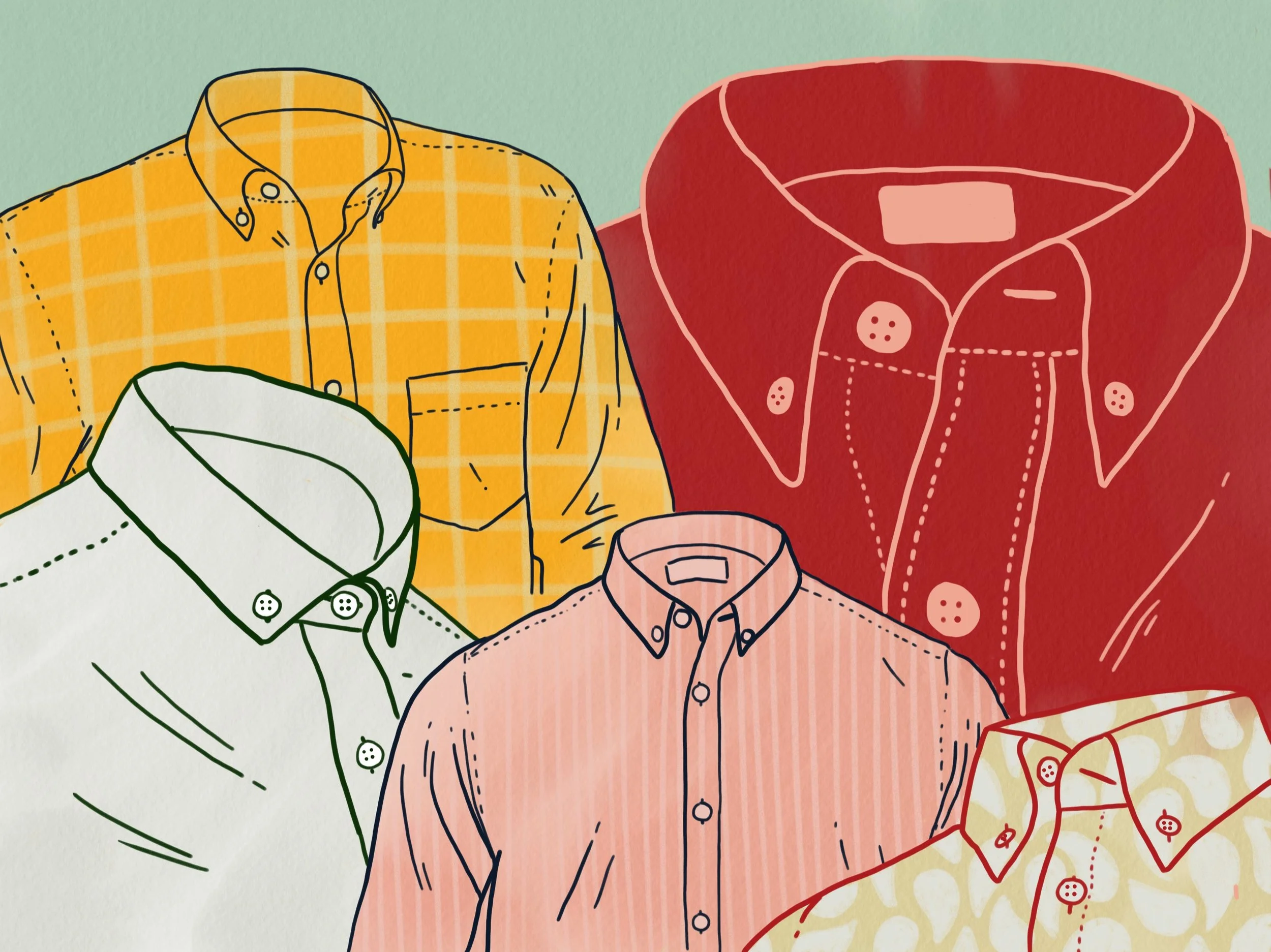Last week, I walked out of the tube station and a man chased me all the way down the street calling, “Are you Japanese?” I couldn’t avoid him at the traffic lights, so I replied in my rather English voice, “No, I’m not.” This happens not only in London, but all around the world, and all because I am wearing a grey silk haori jacket that I bought in a vintage shop behind an industrial estate in the very unexotic Birmingham. Fashion allows the individual the freedom to combine clothing and choose styles. In the context of urban London, it seems that anything goes; but on what bodies are the national costumes of others off-limits for bricolage?
All in What We're Wearing
My Mother's Clothes: Coming of Age After Mao
By historical necessity, my mother and her friends were all latecomers to fashion—and to the kinds of self-expression and self-discovery that fashion critically enables.
Glitter Hive: Cross-cultural Queer Embodiment
I sat there in the back eyeing what I could see of the others, trying to figure out who would be my friends when you walked into the room and my brain went "HER". What I saw was you wearing your white t-shirt dress with the rose print on, black booties, a peacock feather tattoo, and an annoyed expression which I would later learn was your default expression at 9 am.
The Scrunchie: An Icon of Bad Taste Turned Ironic
The return of the scrunchie began in 2013 with its appearance on the Missoni, Vivienne Westwood, and Louis Vuitton runways—an icon of bad taste turned ironic. Not everyone was amused. In England, especially, responses varied.
Kim Chi and Me
I first did drag my senior year of college, dressing in character with two of my girlfriends as a performance art piece. I borrowed their clothes and a cheap Ricky’s wig and bought a pair of cheap heels from Payless that I didn’t yet know how to walk in. I’ll never forget the first time someone referred to me as a “lady,” even though I still hadn’t quite figured out how to do my makeup.
On Shopping for a Maternity Bikini
This bathing suit bottom could almost be a full-sized strapless swimsuit for a smaller-than-average woman. Off the body, it’s not really recognizable as anything at all, because a garment like this doesn’t have a place in our mental store. It’s transitional, it’s temporary, it’s for these strange bodies we theoretically revere but that realistically freak us out.
The Profit Value of Dress to Protest
At the recent March4Women rally in London there was plenty of evidence that we are all paying attention to how we display our political values. As a researcher, I often find that my best ideas for studies start like this, a glimmer of an idea sparked by a chance meeting; politics and revolution began to stitch together in my thoughts.
$$$ickening: A Black Trans Woman's Reflections on Femme Identity, Class, and Privilege
My style is a testament to the beauty and effortless cool that women of color, and in particular, BLACK women, possess. It was in this spirit that I chose to reflect the rich legacies of the black women who came before me through my visual project, #WhoButABlackWomyn.
Meeting at the Beach Through Memories: My Grandmother, Fashion, and Me
A large file of scanned photographs arrived in my inbox one afternoon, put together by a younger cousin, carefully preserved by my uncle, a historian. These were the first images I had ever seen of my grandmother.










